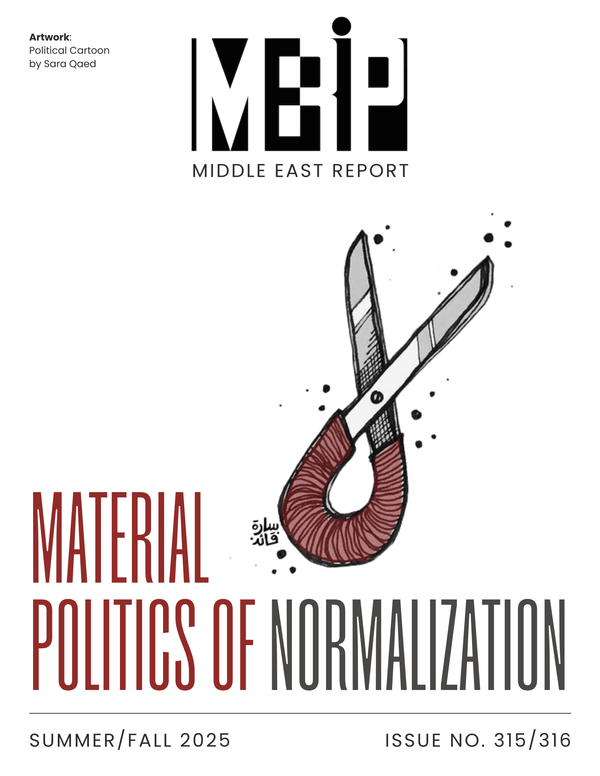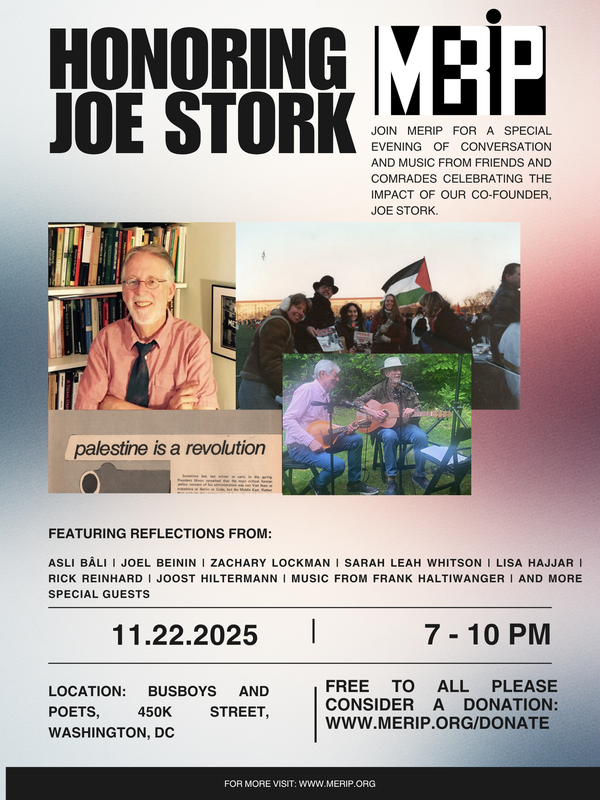Keddie, Religion and Politics in Iran
Nikki Keddie, Religion and Politics in Iran: Shiism from Quietism to Revolution (New Haven, CT: Yale University Press, 1983).

Nikki Keddie, Religion and Politics in Iran: Shiism from Quietism to Revolution (New Haven, CT: Yale University Press, 1983).
This collection often essays deals with the political role of Iran’s Shi‘i clergymen from a historical perspective. The studies by W. Montgomery Watt, Juan Cole, Azar Tabari and Willem Floor are the most interesting and substantive, in that they dispel some of the common myths about Shiism. For example, while Shiism is closely associated with Iran, it was not until the sixteenth century that it became the religion of the majority of the people. Prior to that time, Shiism was a minority sect whose clergy sought to accommodate Sunni rulers in order to protect their followers. Only after the Safavid dynasty elevated Shiism to the status of an official state religion did many of the practices now identified with Shiism begin gradually to evolve. The role of the clergy as opponents of the government developed late in the nineteenth century. Both Tabari and Floor point out that clerical opposition to the Qajar and Pahlavi shahs was based upon resistance to various government- sponsored reforms which the clergy perceived as threatening their traditional status in society. At various times, Shi‘i clerics were willing to make expedient alliances with progressive forces, as during the revolution of 1978-1979, but they never accepted any need for social reforms and readily turned against their allies when immediate political goals had been achieved.





